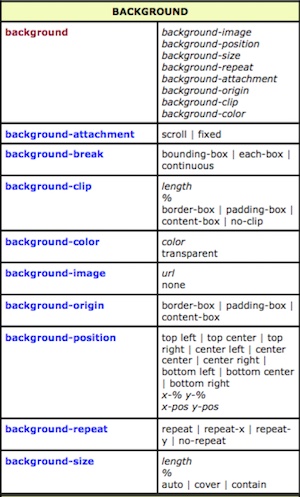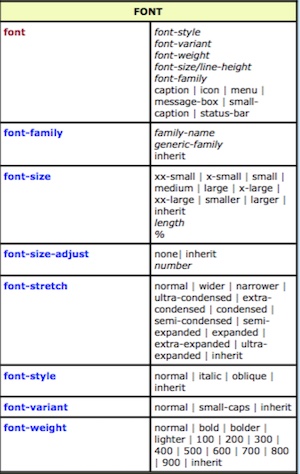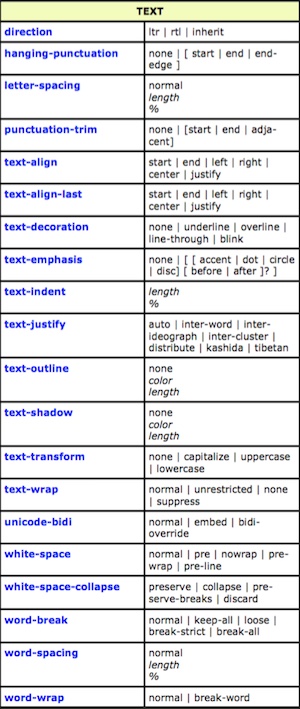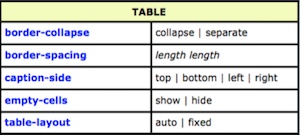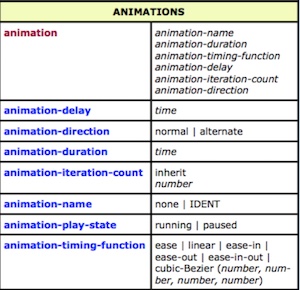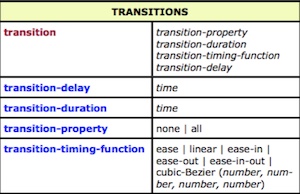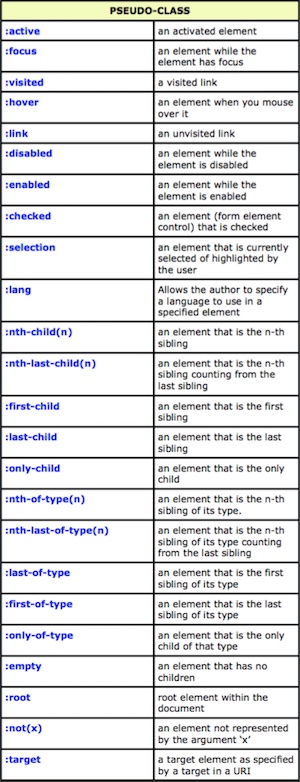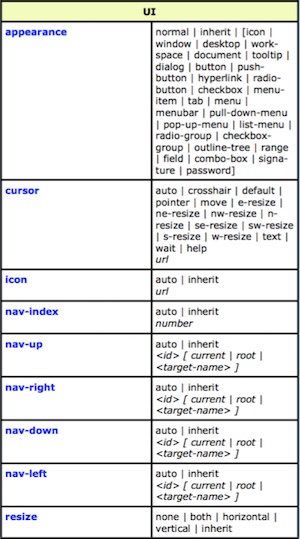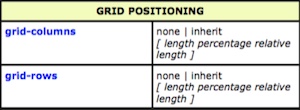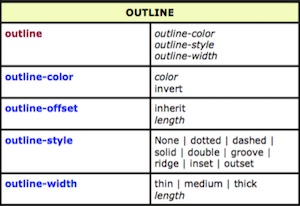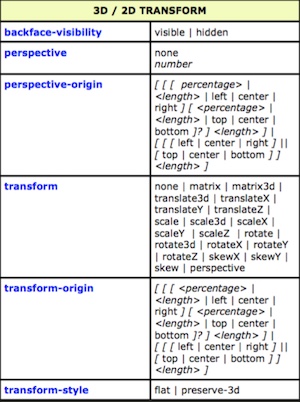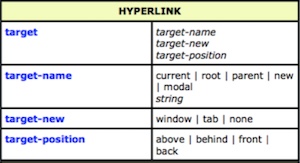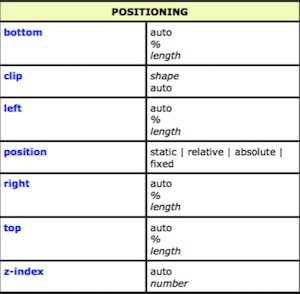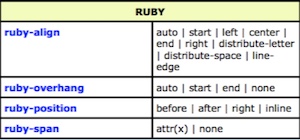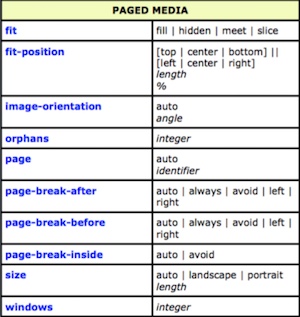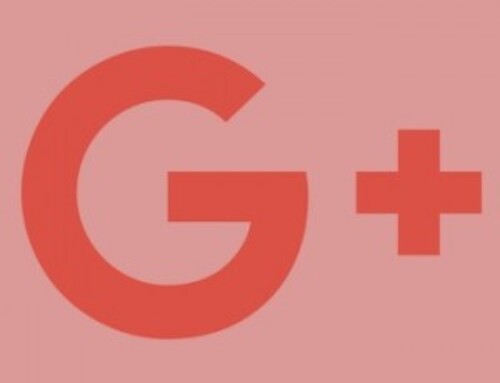CSS3
CSS is designed primarily to enable the separation of document content from document presentation, including aspects such as the layout, colors, and fonts
While HTML allows us to define the structure of a web page, the Cascading Style Sheets (Cascading Style Sheets or CSS) are those that offer us the opportunity to define the rules and styles of representation on different devices, whether screens teams desktops, laptops, phones, printers or other devices capable of displaying web content.
Style sheets allow us to define efficiently the representation of our pages and is one of the fundamental knowledge that every web designer should handle perfectly to perform their work.
The first version of CSS was published in late 1996 and was achieving popularity and acceptance up to the current version 2.1 standard that offers great compatibility with most browsers on the market.
From 2005 we began to define the successor of this version, which is known as CSS3 or Cascading Style Sheets Level 3. Currently in definition, this version offers a variety of very important options for the needs of web design current. From shading options and rounded to advanced functions of motion and transformation, CSS3 is the standard that will dominate the web for the following years.


